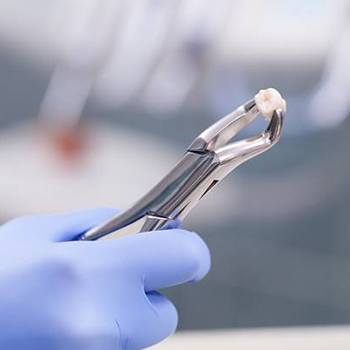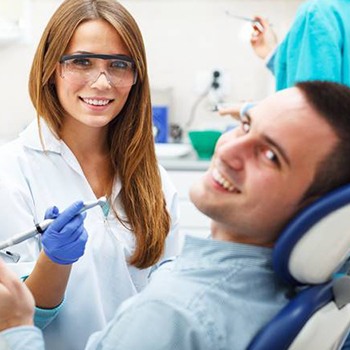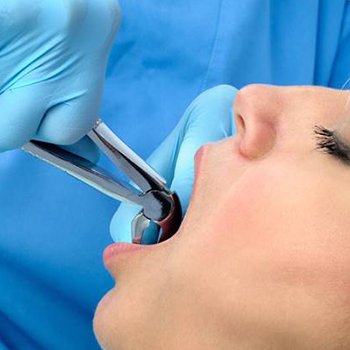Crown Point Tooth Extractions

Tooth extraction is never the first recommendation from the Advanced Dental Concepts team, but our knowledgeable dentists know that, sometimes, tooth removal is our patient’s best option. We always do our utmost to help patients keep their healthy, natural teeth for life, but when it’s necessary, we can also provide tooth extractions in our Crown Point dental office. If you’re in need of tooth removal or want to learn more about any of our dental treatment options, call to schedule your consultation appointment in our state-of-the-art Crown Point dentistry practice today. We look forward to helping you achieve your healthiest smile.
Reasons for tooth Removal

We will always do our best to help you keep your healthy smile, but some of the reasons we may recommend the removal of teeth include:
- Impaction, a tooth unable to erupt from the gums
- Baby teeth that do not fall out on their own
- In preparation for orthodontic treatment when crowding is a main concern
- Prior to the creation and placement of a partial or full denture
- Severe decay or damage too advanced for the tooth to be repaired
- Wisdom teeth, third molars, are the most commonly extracted, and they may be removed due to lack of space, crowding, impaction, and other concerns
The Tooth Extraction Procedure

Depending on your specific situation, we may need to “pull” your tooth or provide a surgical extraction. Pulling teeth is only possible when the tooth has fully erupted from the gum line. We numb the area. Then, a clasp tool is used to shift the tooth back and forth until it can break free from the supportive structures. The majority of cases do require at least partial surgical extraction. A surgical tooth removal can be as simple as cutting away a small amount of soft tissue to allow better access, but these procedures can be intricate, requiring the tooth to be broken into several pieces, the jawbone to be drilled, and other complex processes. We’re here to ensure your comfort and safety throughout tooth extraction.
Caring for Your Smile After Tooth Removal

Following tooth removal, we’ll provide a specific recovery plan, including what foods you should eat, how to care for the extraction site, medication information, and more. However, some basics we recommend for every patient include:
- Keep the extraction site clean and stop bleeding by placing clean gauze every few hours or as soon as the gauze feels saturated.
- Consume liquids for at least the first 24 hours and introduce soft foods gradually. Avoid chewing near the extraction site for the first week after your tooth is removed.
- Use ice packs at 20 minute intervals (20 on and 20 off) to relieve pain, reduce swelling, and slow bleeding.
- Take over the counter and/or prescription pain relievers and other medications as directed.
Most patients feel much better after 48 hours. If you do not feel better after a week or you notice increasing pain, sensitivity to temperature, or signs of infection, contact us immediately.

